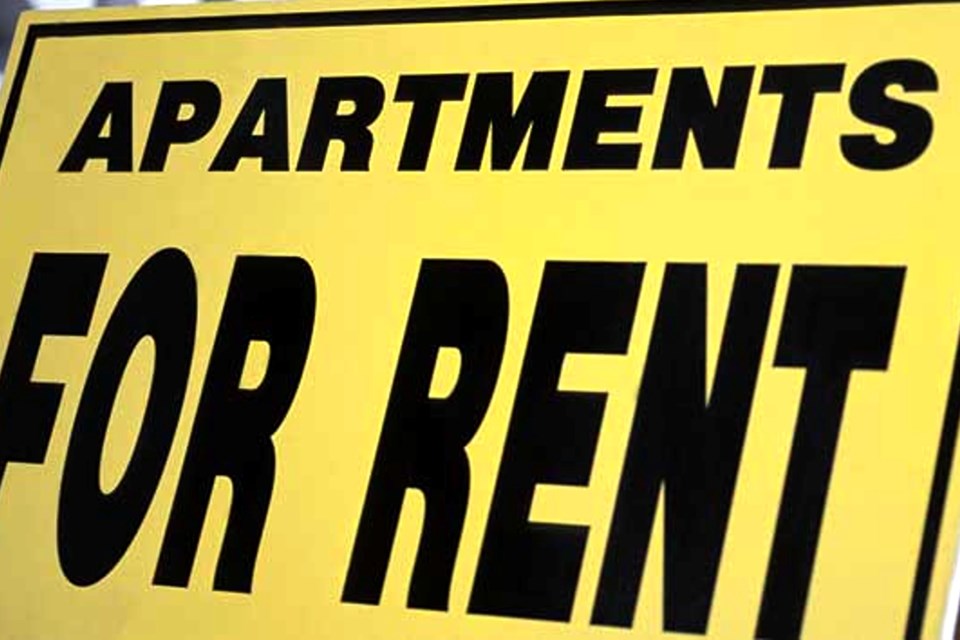With housing density an underlying municipal goal, the City of Greater Sudbury is baking more flexibility into its allowances for second and third units allowed as-of-right per residential lot.
During Monday’s planning committee meeting of city council, a motion passed for the city to allow up to three units per residential lot, even if they’re all within the same structure.
The city already allows three units per residential lot, but currently stipulate that only two be allowed within the same structure and a third may be in an out building.
Staff were also directed to allow accessory buildings to be as tall as eight metres, from their current 6.5 metres.
While many of these measures are mandated by the province via the More Homes Built Faster Act, the proposed building height increase allowance is a step above minimum requirements.
“We’re taking that extra step with respect to the maximum height requirement so it makes it a little easier to add that second or third unit into an accessory building, like above a garage,” Ward 10 Coun. Fern Cormier told Sudbury.com following the meeting, which he chaired.
The committee also requested that staff produce a report by early 2025 outlining the potential implications of allowing four as-of-right units per residential lot.
Regardless of the number of units, Cormier clarified that property owners will need to comply with building codes, which the city can’t supersede, and other requirements, such as parking.
“As-of-right” means property owners don’t need to go through a rezoning process to add units.
“Staff are always working to try to advance these projects with as little frustration or roadblocks as possible for anyone trying to develop it,” Cormier said, adding that efforts such as these aim at tackling Greater Sudbury’s housing shortfall.
“Like most urban jurisdictions in Canada right now, we’re seeing record-high rents and housing prices, and that’s driven by supply and demand,” he said, citing a local rental vacancy rate hovering around one-per-cent, where five-per-cent vacancy is considered healthy.
“We’re trying to open up the options to create more housing across the spectrum, at every level, whether it be on the affordable end or more private-sector driven,” he said.
“Our supply and demand is out of whack. ... We need the private sector to be able to do this, and that’s where policies like this play an important role in encouraging the private sector to do what they do best, which is to build and add units.”
In addition to its potential housing implications, the federal government recommended that the city investigate adding a fourth unit as-of-right per residential lot to help strengthen the city’s case in securing $22 million to $36 million in federal Housing Accelerator Fund dollars which city council agreed last month to applying for.
Housing density is a municipal priority due to cost and environmental concerns related to adding municipal services to unserviced areas to accommodate urban sprawl. However, Ward 4 Coun. Pauline Fortin called to question the cost benefit during Monday’s meeting.
“Are we burdening other taxpayers by increasing the density but not receiving extra taxes?” she asked, questioning the tax revenue between a residential lot with one unit and one with two or three. She noted that more people means more municipal services are required.
City Planning Services director Kris Longston clarified that next year’s report on four as-of-right residential units would provide “a deeper dive into that cost-benefit analysis.”
Similarly, he said the report would analyze the city’s capacity to handle additional units per residential lot, which he said is “the biggest issue you’ll face in existing neighbourhoods.”
Although the planning committee’s decisions will need to be ratified by city council as a whole, their unanimous approval on Monday points to a likelihood they will pass.
The increased flexibility between three as-of-right units per residential lot will require a bylaw passed during a future meeting of city council. Whether the city adds a fourth as-of-right unit will depend on the outcome of a municipal report slated to be tabled early next year.
Tyler Clarke covers city hall and political affairs for Sudbury.com.




